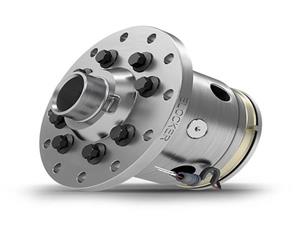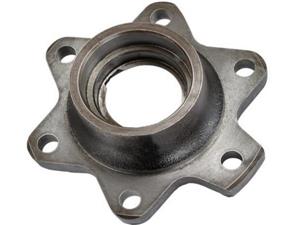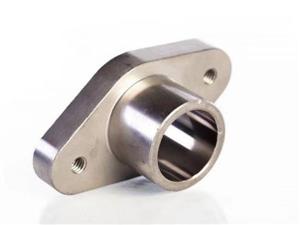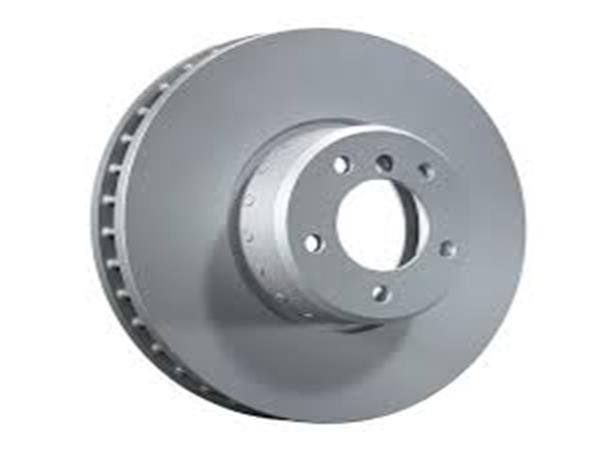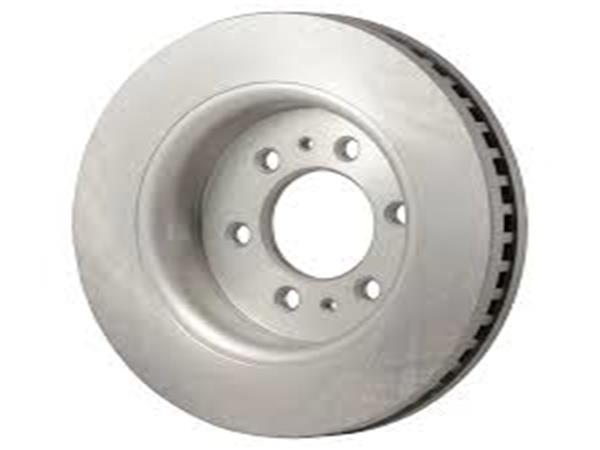Principle, advantages and disadvantages of low-pressure casting
Principle of low-pressure casting:
Low-pressure casting is a casting method that enables liquid metal to complete filling cavity and solidification process under pressure to obtain castings. Because the pressure used is low (20~60kPa), it is called low-pressure casting.
The process is as follows: dry compressed air is introduced into the sealed crucible (or sealed tank), and the liquid metal rises along the riser into the sprue under the effect of the gas pressure, then enters the mold cavity smoothly through the sprue, and maintains the gas pressure on the liquid level in the crucible until the casting is completely solidified. Then relieve the gas pressure on the liquid level, make the liquid metal in the liquid riser flow back to the crucible, then open the mold and take out the casting.
Advantages of low-pressure casting:
1. Gas and sundries are less involved, which can change the pressure speed. The molten soup is filled by laminar flow
2. The bottom filling mode is adopted, and the metal liquid filling is stable without splashing, which can avoid being involved in gas and scouring the mold wall and core, and improve the qualification rate of the casting.
3. The casting crystallizes under pressure, with compact structure, clear outline, smooth surface and high mechanical properties, which is particularly beneficial for the casting of large and thin wall parts.
4. The pressure rate can be changed, and the molten soup is filled by laminar flow.
5. Materials are widely used.
Disadvantages of low-pressure casting:
1. The production efficiency is low, compared with gravity die casting. Die casting>gravity>low pressure
2. The casting cycle is long and the productivity is poor. In order to maintain directional solidification and melt fluidity, the mold temperature is high and the solidification speed is slow.
3. The structure close to the gate is relatively thick, and the mechanical performance of the lower profile is not high, which requires comprehensive and strict management (temperature, pressure, etc.).

